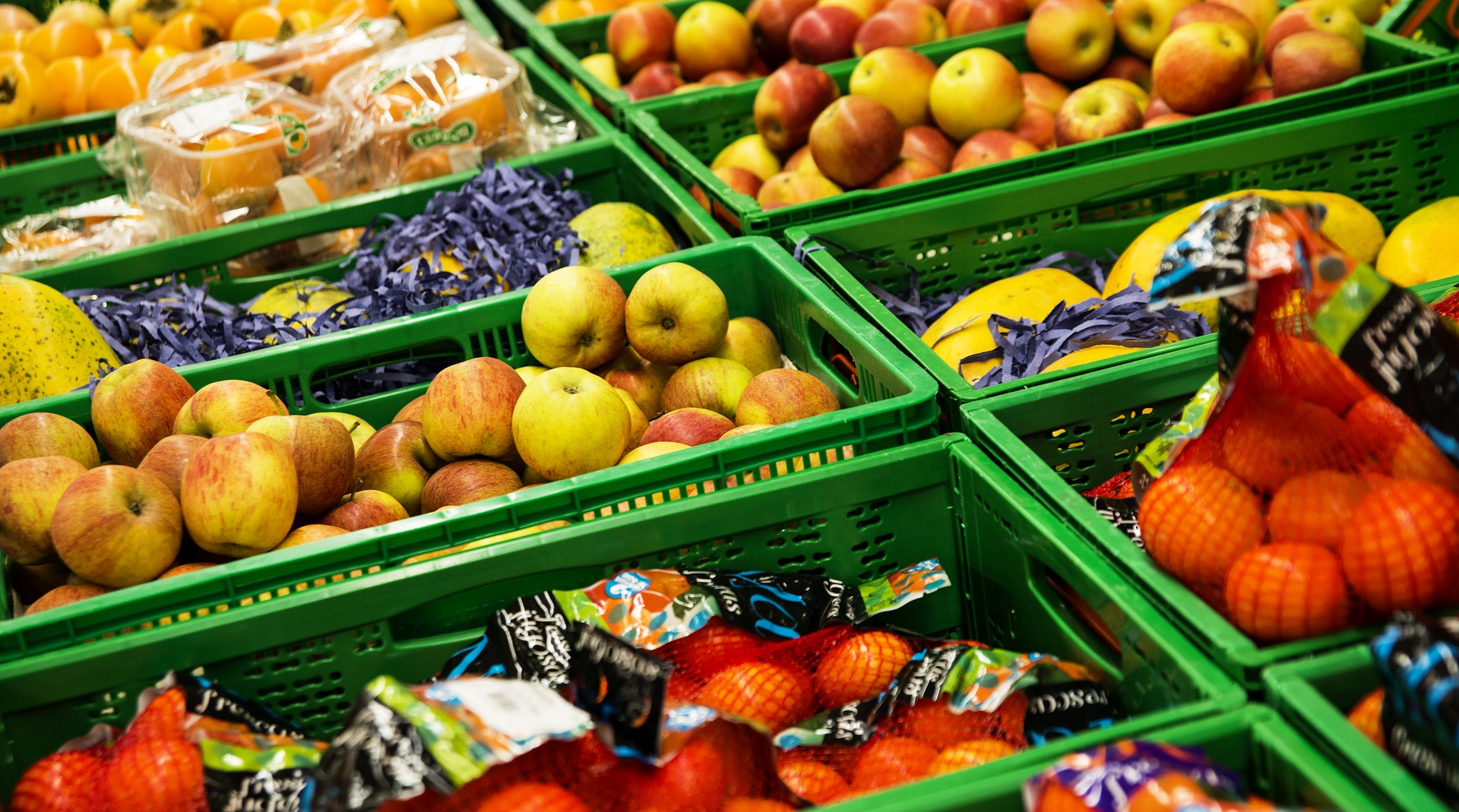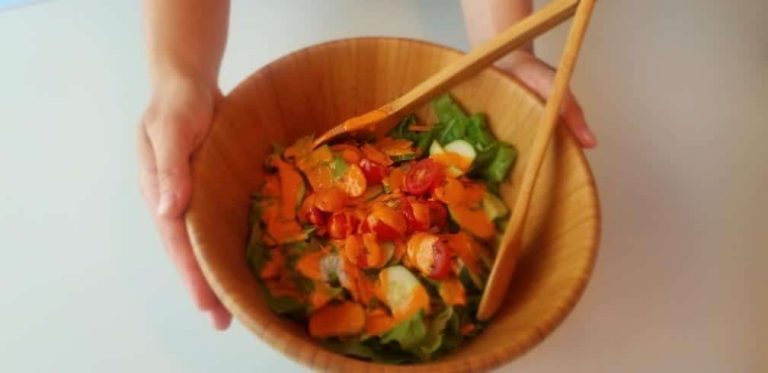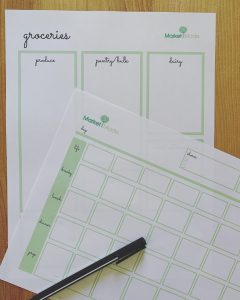I don’t care much for clothes, make up or home décor, but I LOVE shopping for food. Farmer’s market, grocery store, small specialty shop, it doesn’t matter – I am always inspired by what I find on my shopping journeys, and if I’m being honest, I secretly love seeing what other people have in their carts (don’t worry, no judgement – just genuine curiosity). Once you have your meal plan complete you can get started on your Market Made Grocery List. I’ll walk you through mine:
Here are the steps I take:
- I always have a post-it on my fridge that I add to throughout the week of ‘staples’ I run out of. These are things I use all the time (i.e. coffee, flour etc.) or things I run out of in my pantry that I always just like to have on hand, usually things helpful in making a ‘pantry meal’ in my Meal Plan (i.e. vanilla, diced tomatoes, chickpeas etc.). You can either transfer this list to the Market Made Grocery List template or (and this is why I use a post-it) just stick it to the Grocery List.
- Go through each meal square on your Meal Planning template and do a run through of every ingredient you will need to pull off each meal. Do this in your kitchen so you can quickly look and see what ingredients you already have. Making waffles? Flour, baking powder, vanilla – have them all. Need eggs. Eggs get added to the list. If you have a garden, make sure you are remembering what you have growing! If you have a bed of greens, why are you buying more lettuce!?
- If you tend to overbuy, specify the quantity of the ingredients you need. Don’t just write red peppers – include how many you will actually need for the week. Red peppers x 4. This is also EXTREMELY helpful if you write the list and send a spouse to do the shopping.
- There are some things I personally don’t specify in my Meal Plan i.e. fruit for smoothies/snacks. If my kids have asked for something specific, I will add it to the list, otherwise I generally will just write “fruit” and see what looks good/what’s in season/what’s on sale. It may take a bit of practice to ace the quantities, so if you feel unsure write it down.
- Double check your bathroom, cleaning supplies and laundry room to include any household items you purchase at the grocery store (I have a separate budget category for these items, but they still get added to the list if I need to get them at the grocery store.)
- Check in with any price matching apps if you use them. If there are any items you’d like to price match, denote them on your grocery list with an asterisk so you remember.
- If you are planning to shop at more than one store, indicate which items you plan to get where. I usually just put a “BB” beside anything I am getting from Bulk Barn, or highlight these items in a different colour.
- Include your budget on the Grocery List. This is my helpful visual reminder of what I am planning to spend. When I come upon something not on my list, I’ll look at this number before I decide whether to put the item in my cart.
- Don’t forget to bring your reusable produce bags, shopping bags (I like the green bins from Loblaws to easily sort by pantry, fridge and freezer items), Grocery List AND Meal Plan. It’s really important to bring your meal plan because you may get to the store and realize they are out of something, or you see a great sale. It’s totally fine to make a change to your Grocery List on the fly, just make sure your Meal Plan gets changed too otherwise you will overbuy.
I hope these tips help you create a solid Grocery List to match your Meal Plan. Do you have any tips to share? Do you love to grocery shop?
xo mm



